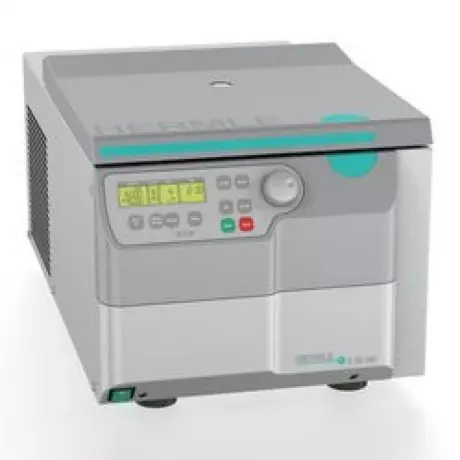
Centrifuge Z 32 HK Thanks to a wide range of accessories, the high-speed refrigerated centrifuge...
Portal and digital medical technology fair of the largest MedTech cluster in Germany

iPRO Elite Silicone Eye Protector
Reasons for Taping Patient’s Eyes during Surgery Millions of patients undergo surgery under...

Development of optimal packaging for medical...
Development of optimal packaging for medical products ENGINEERING In the contex...

CLEANING MEDIA BANTLEON cooperates closely with leading plant manufacturers in order to develop i...

With the constant advancement in UDI databases worldwide, atrify is committed to supporting the impl...

ENDONEXT™ Bacterial Endotoxin Testing
The Evolution of Endotoxin Detection happens now! As part of any general pyrogen testing strategy...

Production and design of packaging for medical...
PACKAGING DESIGN Blister design Along with standard blisters for product packaging and transpo...
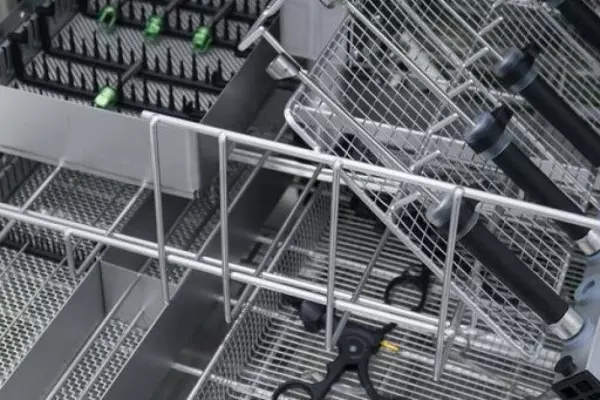
Tests as part of the validation of instructions...
Manufacturers and distributors of medical deviceswhich are designed for reuse, must provide informat...

BINDER environmental chambers are perfectly suited to material testing under dynamic conditions. The...

The completely redesigned Avantgarde.Line incubators with gravity convection or forced convection ar...

BINDER refrigerated incubators are gentle on samples and provide high-quality performance. Every KB...

Every CO₂ incubator from BINDER guarantees optimum, reproducible growth conditions for cell cultures...
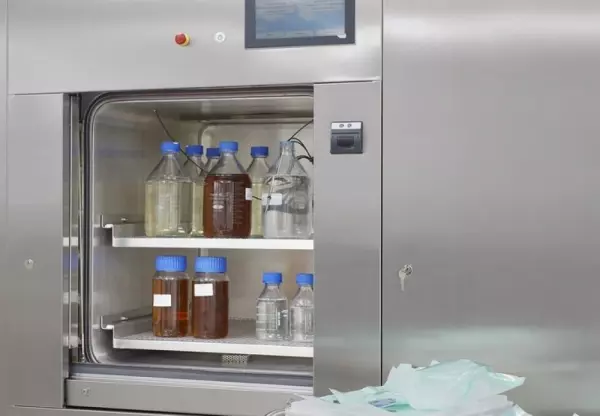
Tests as part of the validation of instructions...
In the same way as with processing of medical devices (cleaning and disinfection) the manufacturer o...

Ultra low temperature freezers
The spotlight is on environmentally-friendly design in the new BINDER ultra low temperature freezer....
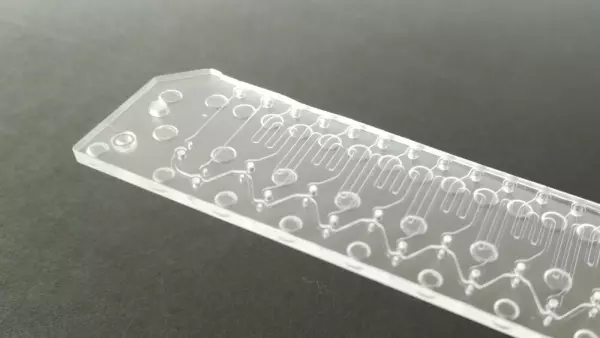
Modern diagnostic analysis methods require continuously smaller sample volumes. It brings advantages...
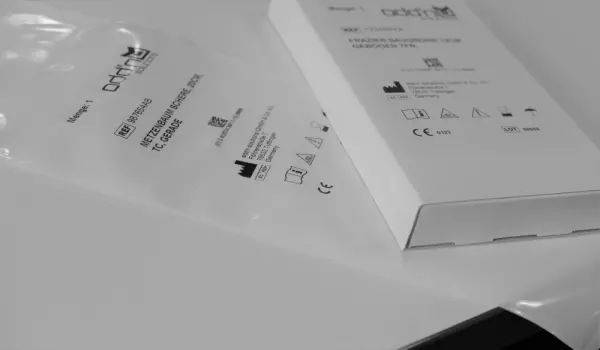
Global regulatory agencies such as the US FDA and the European Commission have issued strict guideli...
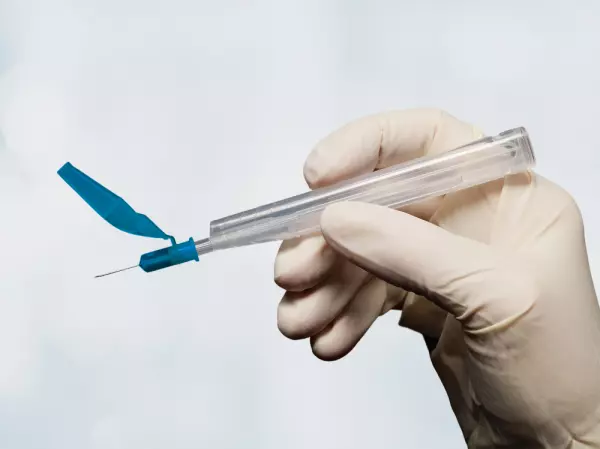
Case Study: Arterial Blood Collection Vessels
Whole blood samples are taken from patients using arterial blood collection vessels. The sample is t...
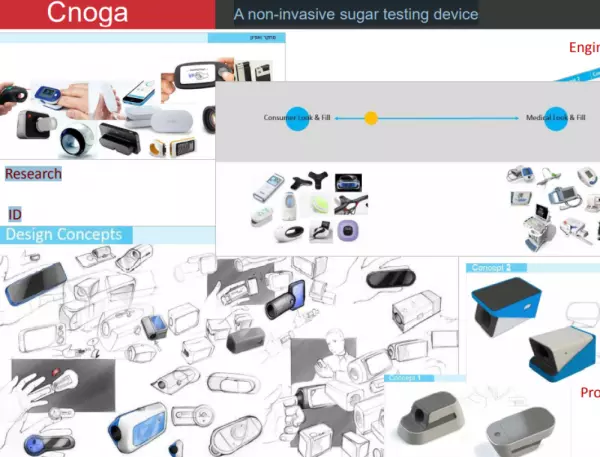
Non-invasive sugar testing devices
Medical technology engineering & development: Non-invasive sugar testing devices are developed...
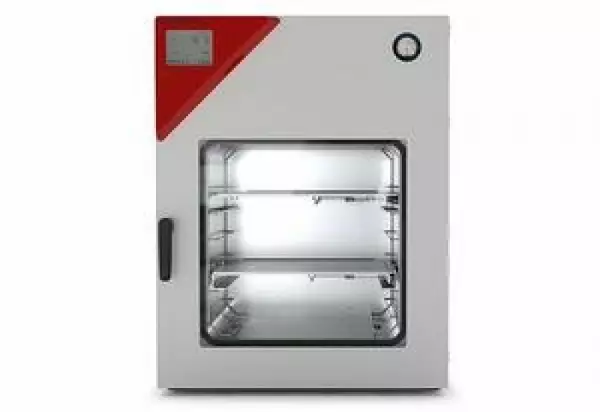
Both BINDER vacuum drying chamber models enable effective drying without residue or damaging the mat...

Ultrapure water treatment ● When drinking...
+ + + When drinking water is not pure enough + + + Ultrapure water treatment by experts + + +...
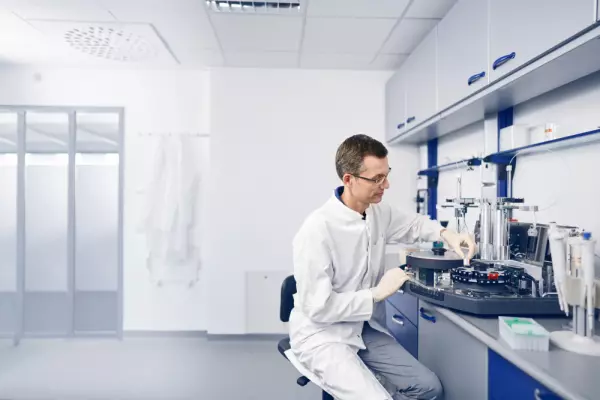
Applications (detection and measurement)
High- Quality Detection and measuring devices. Wherever. Whenever We offer full flexibility &n...
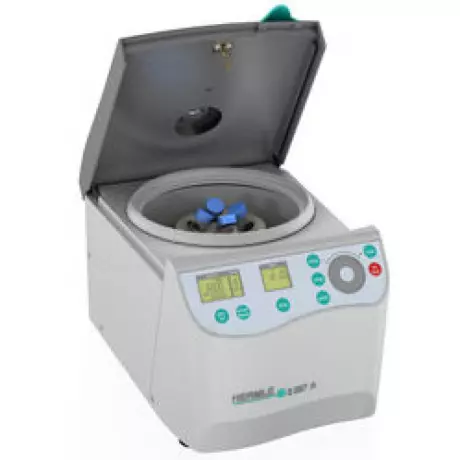
Centrifuge Z 207 A The Z 207 A small centrifuge is ideal for use in medical practices and laborat...

IVD Rapid Test Reader, ESEQuant Flex, Lateral...
Our best-in-class lateral flow readers offer a high degree of flexibility to suit your custom applic...
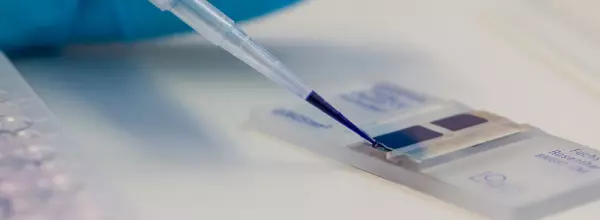
Biological Safety Testing of Medical Devices
Biological Evaluation of Medical Devices / Biocompatibility TPMD provides a highly sophisticated...
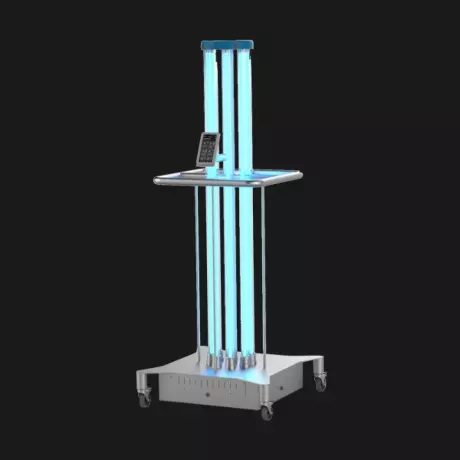
Mobile and stationary UV-C emitters - disinfection...
LabTech Labortechnik GmbH offers you a large selection of laboratory technology - laboratory washers...

NHS Solutions (Scan4Safety-Program)
In March 2019, NHS successfully completed a GDSN pilot project, which is part of the Scan4Safety pro...
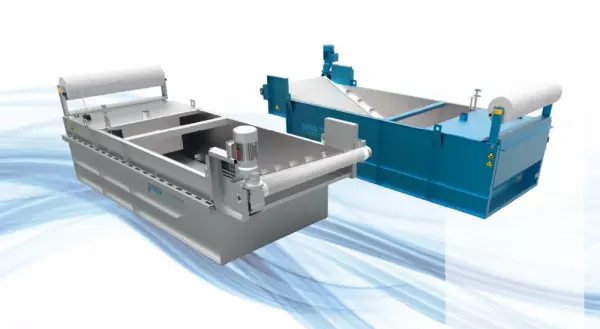
Purity is the top priority in medical technology. This is why the filtration of process liquids such...
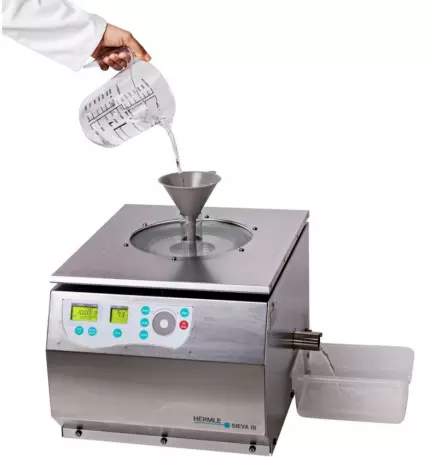
Centrifuges for flow filtration
Centrifuge SIEVA 3 The new unique filter centrifuge SIEVA-3 is the further development of our cen...
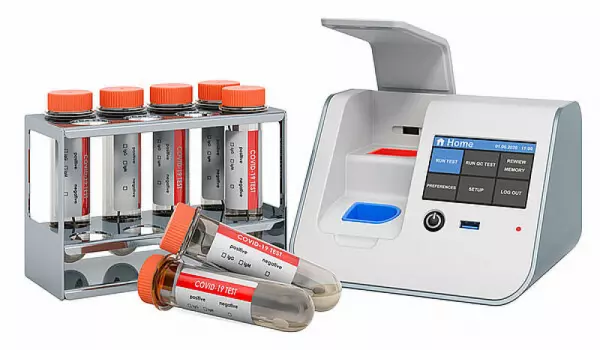
Point of Care (PoC) analysis for SARS-CoV-2
Point of Care (PoC) analysis If results are to be available promptly so that quick decisions can...
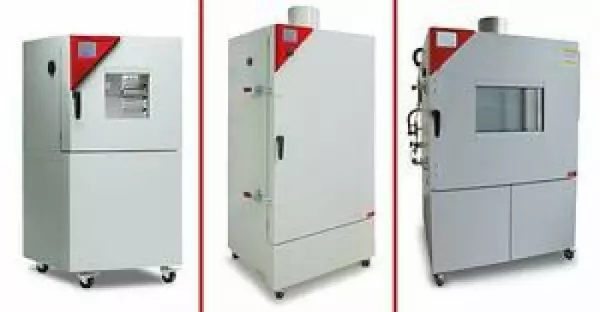
Battery test chambers from BINDER are suitable for tests performed on lithium-ion cells and modules....
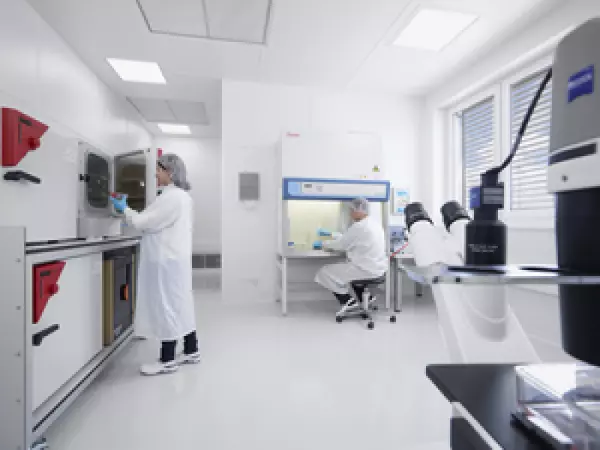
Hygiene in times of COVID-19 (Testing of...
Hygiene is an important commodity at all times, but especially in the current crisis situation. Desp...

Laboratory technology - laboratory washers...
LabTech Labortechnik GmbH offers you a large selection of laboratory technology - laboratory washers...

Upper basket for optimal accommodation of...
100 Upper basket for optimal accommodation of injector modules or inserts Upper basket with...
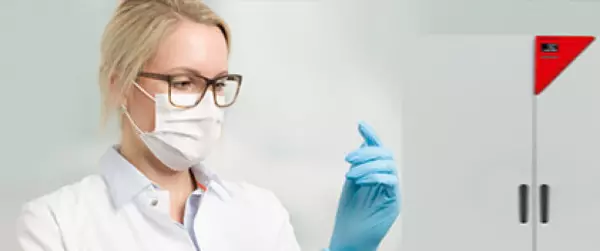
Drying chambers for the decontamination of...
BINDER fights COVID-19: Breakthrough with face masks BINDER Drying Chambers are the solution T...
 Product portfolio and range of services in Laboratory, laboratory and medical research facilities in medical technology or other healthcare-related industries .
Product portfolio and range of services in Laboratory, laboratory and medical research facilities in medical technology or other healthcare-related industries .
The purpose of the Laboratory is to educate students about the scientific method. A laboratory is a place where a variety of tasks can be carried out. All lab operations must be done in a safe and efficient manner. This can be achieved by using trained personnel to manage and monitor experiments and equipment. Moreover, the proper selection, installation and protection of these equipments are essential to ensure their proper use. The vessel used should be robust and resistant to stresses at operating pressures. It should be the right size and configuration.
The quality of a diagnostic laboratory depends on its ability to manage and process data. A modern medical device with advanced data management capabilities minimizes the risk of error by reducing manual steps in the testing process. This will make the process of performing tests easier and more effective. The user-friendly interfaces of a medical device will allow users to configure its settings for optimal results. With advanced features such as real-time notifications, lab staff can be notified of test orders even before the lab staff receives them.
A bi-directional medical device can automate post-analytical procedures, reducing staff workload and preventing reporting errors. It can also hold results for review if they are too abnormal and do not match the standard. This can reduce turnaround time for non-infectious patients while streamlining bed management and ED wait times. It also helps to focus clinical personnel on patients who need further interventions. Further, the bi-directional medical devices allow for greater efficiency and productivity.
With the introduction of the LIS (labeling and identification system), the laboratory environment has become more complex and high-risk. The FDA has yet to recognize the differences between diagnostic tests and medical devices, and has failed to adequately regulate the former. However, the ACLA has written to the Biden administration to encourage the FDA to take into account the expertise and experience of the laboratory community. There are a number of other issues in the pre-analytical phase.
The Clinical Laboratory is a highly-regulated environment. The laboratory's pre-analytical process is prone to errors. Incorrect measurements can lead to misdiagnosis and potentially harmful treatment. This is why it is critical to implement quality-aware software and hardware in a medical laboratory. These solutions can be integrated with a hospital's LIS system to improve workflow and minimize error rate. These systems can be installed and configured quickly and easily, making it possible to meet the needs of every patient.
The Laboratory is a place where experiments are conducted and results are obtained. Its environment is generally controlled and uniform. A laboratory may contain a wide variety of equipment and procedures. In addition to using various instruments, it may also use chemicals, radioactive materials, and other hazardous materials. A modern laboratory can have computers and elaborate readouts. The procedures may be performed by unaided people or by a computer. There are also automated analysis systems. The equipment used in a lab will depend on the type of work done by the researchers.
Become a digital exhibitor yourself in the online portal of the largest and best-known MedTech cluster region in Germany and inform the world of medical technology about your products and services as well as about news, events and career opportunities.
With an attractive online profile, we will help you to present yourself professionally on our portal as well as on Google and on social media.